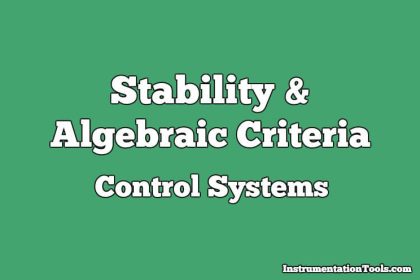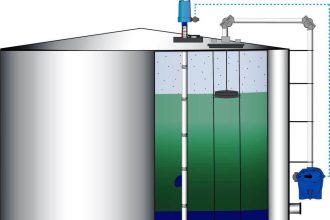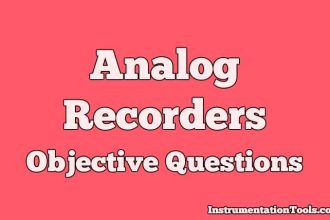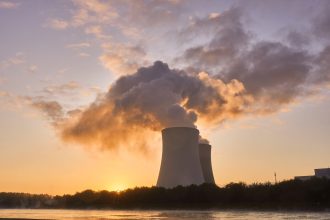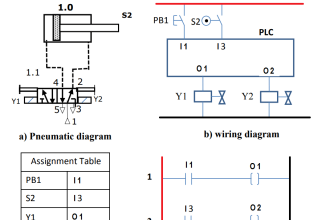Liquid Scintillation Counters Questions & Answers
1. In liquid scintillation counter, which of the following is a fluorescent substance?
a) Solvent
b) Solute
c) Crystal
d) Reagent
Answer: b
Explanation: In liquid scintillation counter, a mixture of solvent and solute is used. The solute is a fluorescent substance.
2. When UV light is absorbed by the fluor molecules the light emitted is in which of the following colours?
a) Pink
b) Red
c) Green
d) Blue
Answer: d
Explanation: When UV light is absorbed by the fluor molecules the light emitted is in blue colour. Light is emitted when the molecules return to the ground state.
3. In liquid scintillation counter, which of the following is used to convert light into electrical signals?
a) Photo multiplier tube
b) Photo emissive tube
c) Photo voltaic cell
d) Photo reflector
Answer: a
Explanation: The photo multiplier tube converts light into electrical signals in liquid scintillation counter. Two photo multiplier tubes are used in liquid scintillation counter.
4. The reduction in counting efficiency of the scintillation detector is called as __________
a) Disintegration
b) Decay
c) Quenching
d) Reduction
Answer: c
Explanation: The reduction in counting efficiency of the scintillation detector is called as quenching. Substances added to the counting vial can reduce the efficiency.
5. Which of the following is not a type of quenching?
a) Chemical quench
b) Interference quench
c) Colour quenching
d) Self-absorption
Answer: b
Explanation: There are three types of quenching. Interference quench is not a type of quenching.
6. In which type of quenching, the radiation emitted by the isotope is not detected due to absorption of the radiation by the sample itself?
a) Chemical quench
b) Interference quench
c) Colour quenching
d) Self-absorption
Answer: d
Explanation: In self-absorption, the radiation emitted by the isotope is not detected due to absorption of the radiation by the sample itself. It may occur due to precipitates.
7. Variation of gain with temperature does not cause instability.
a) True
b) False
Answer: b
Explanation: Variation of gain with temperature causes instability. There are various other factors that cause instability.
8. Due to the presence of red, green and yellow colour in the vial, which of the following occurs?
a) Chemical quench
b) Interference quench
c) Colour quenching
d) Self-absorption
Answer: c
Explanation: Scintillators emit light in the blue region of the spectrum. Due to the presence of other colours, colour quenching may occur.
9. A quench curve can be constructed by plotting the counting efficiency versus ____________
a) Q-number
b) Quench factor
c) H-number
d) Disintegrations
Answer: c
Explanation: A quench curve can be constructed by plotting the counting efficiency versus H-number. This is done using a set of samples with known activity.
10. Photomultipliers used in Liquid scintillation detectors are a source of instability.
a) True
b) False
Answer: a
Explanation: Photomultipliers used in Liquid scintillation detectors are a source of instability. Various factors cause instability.




